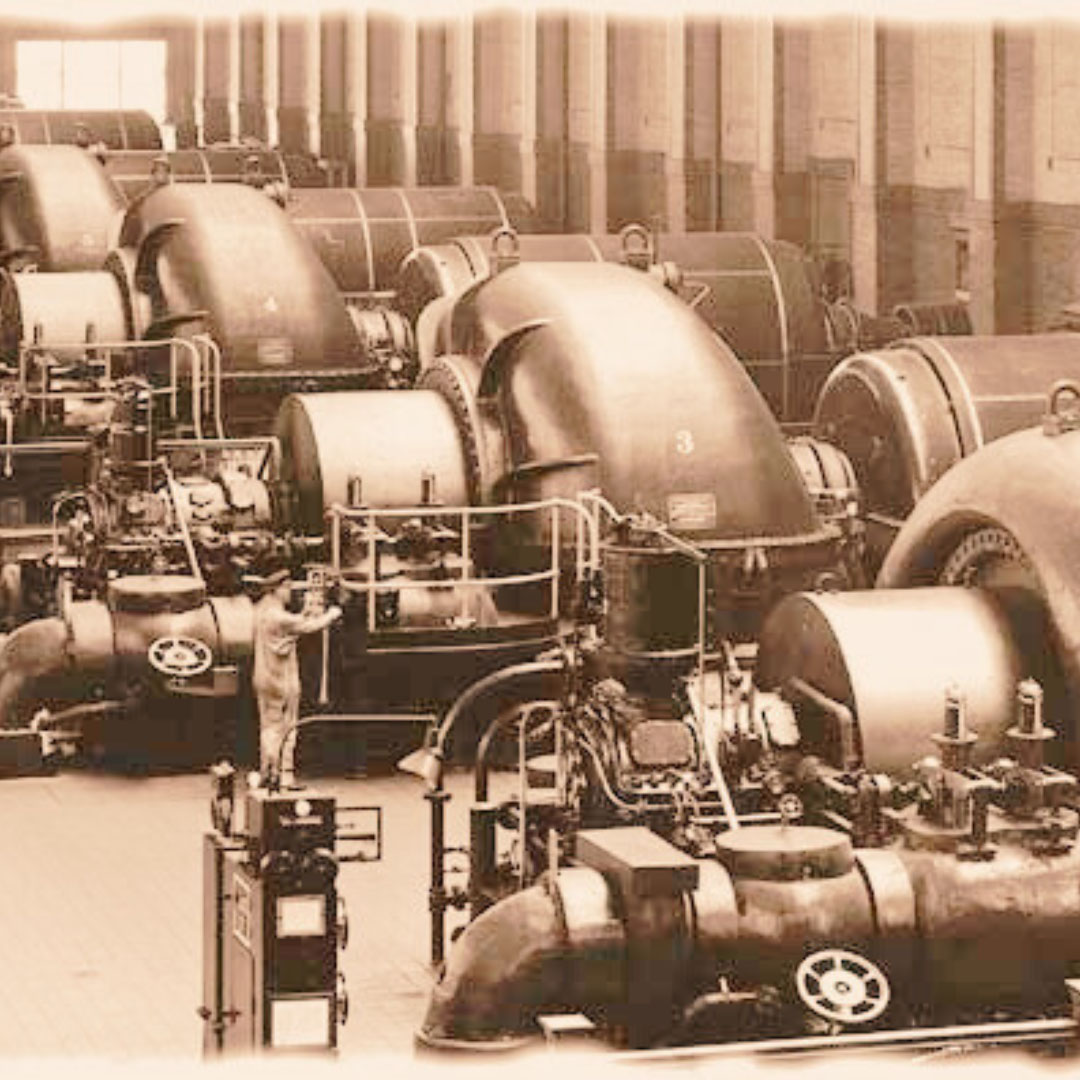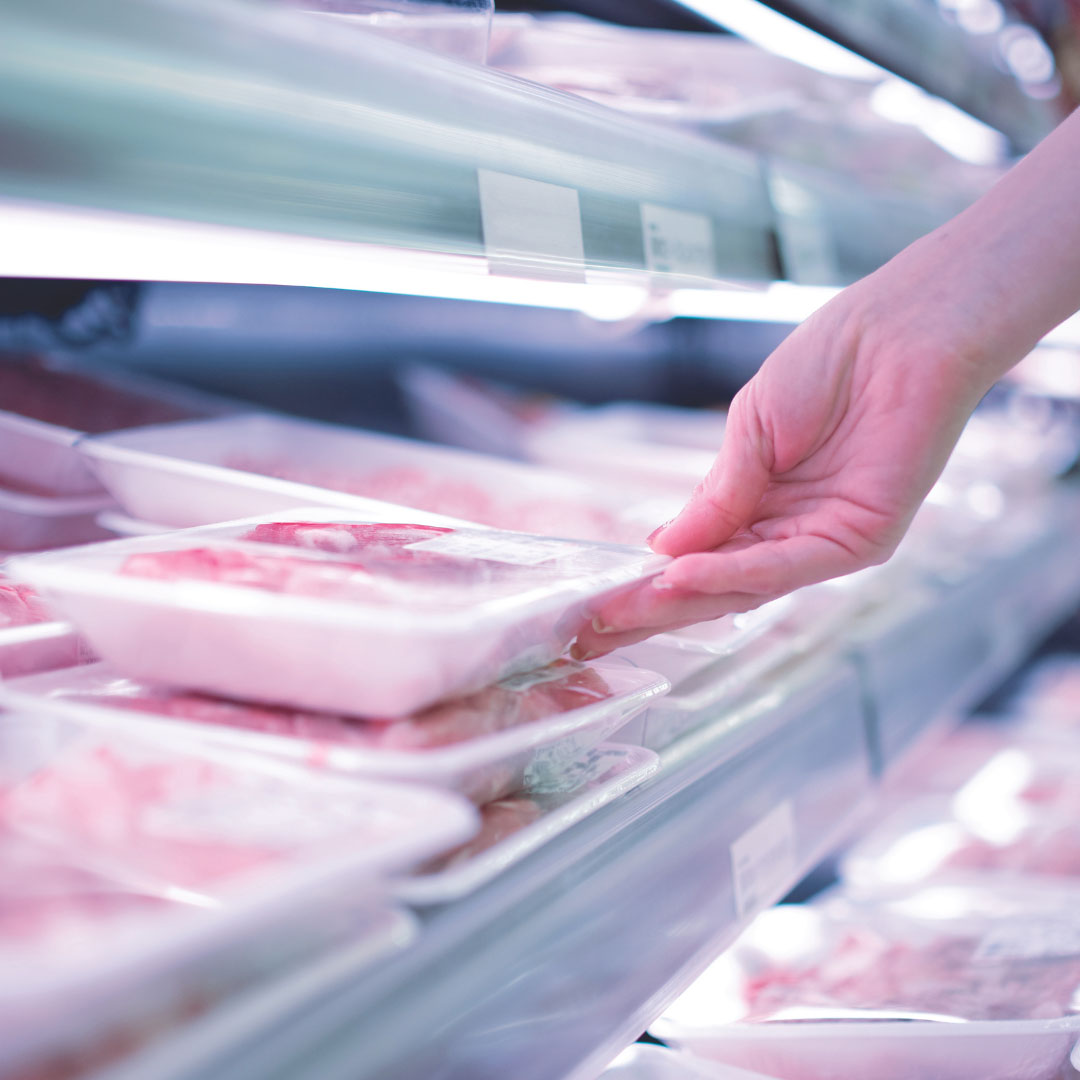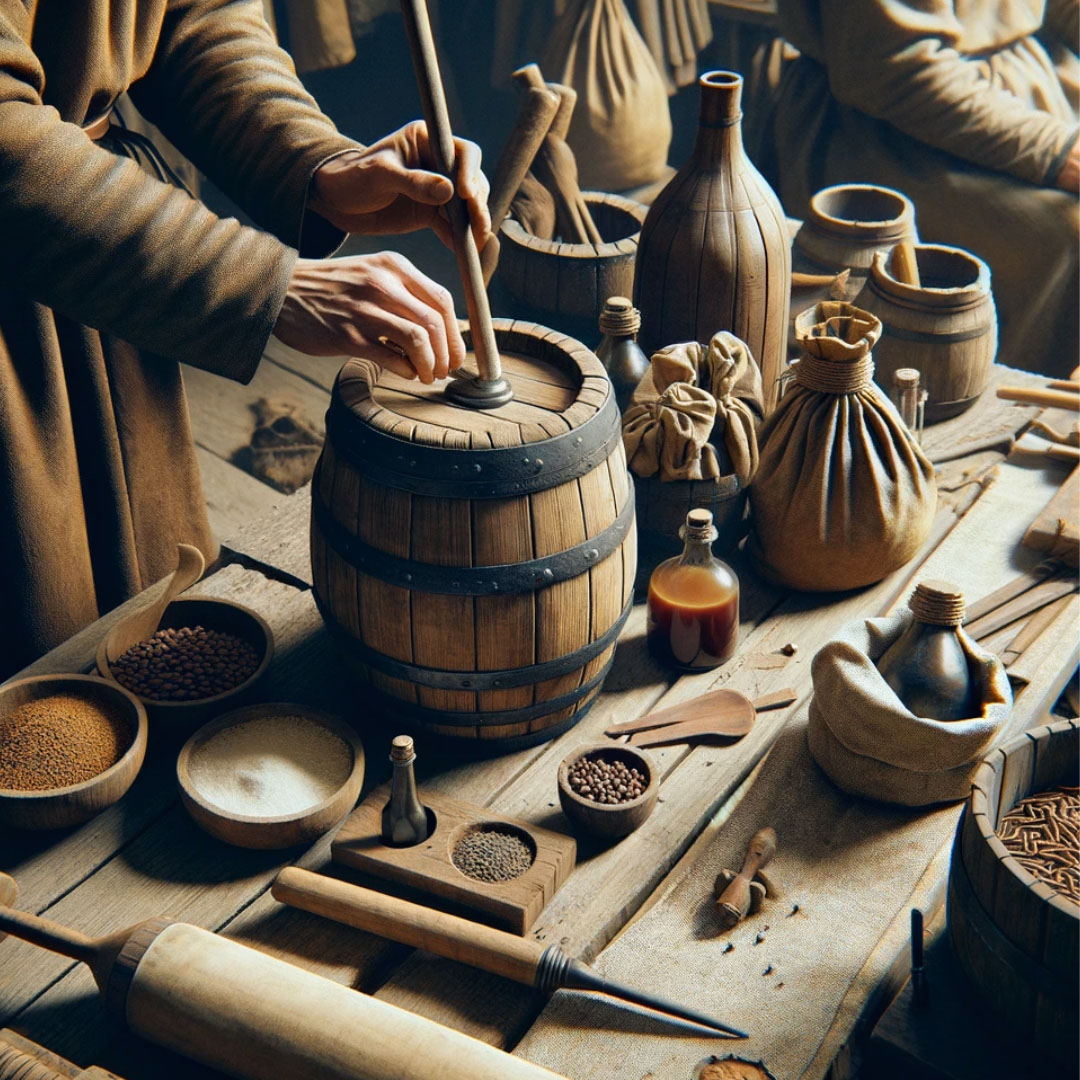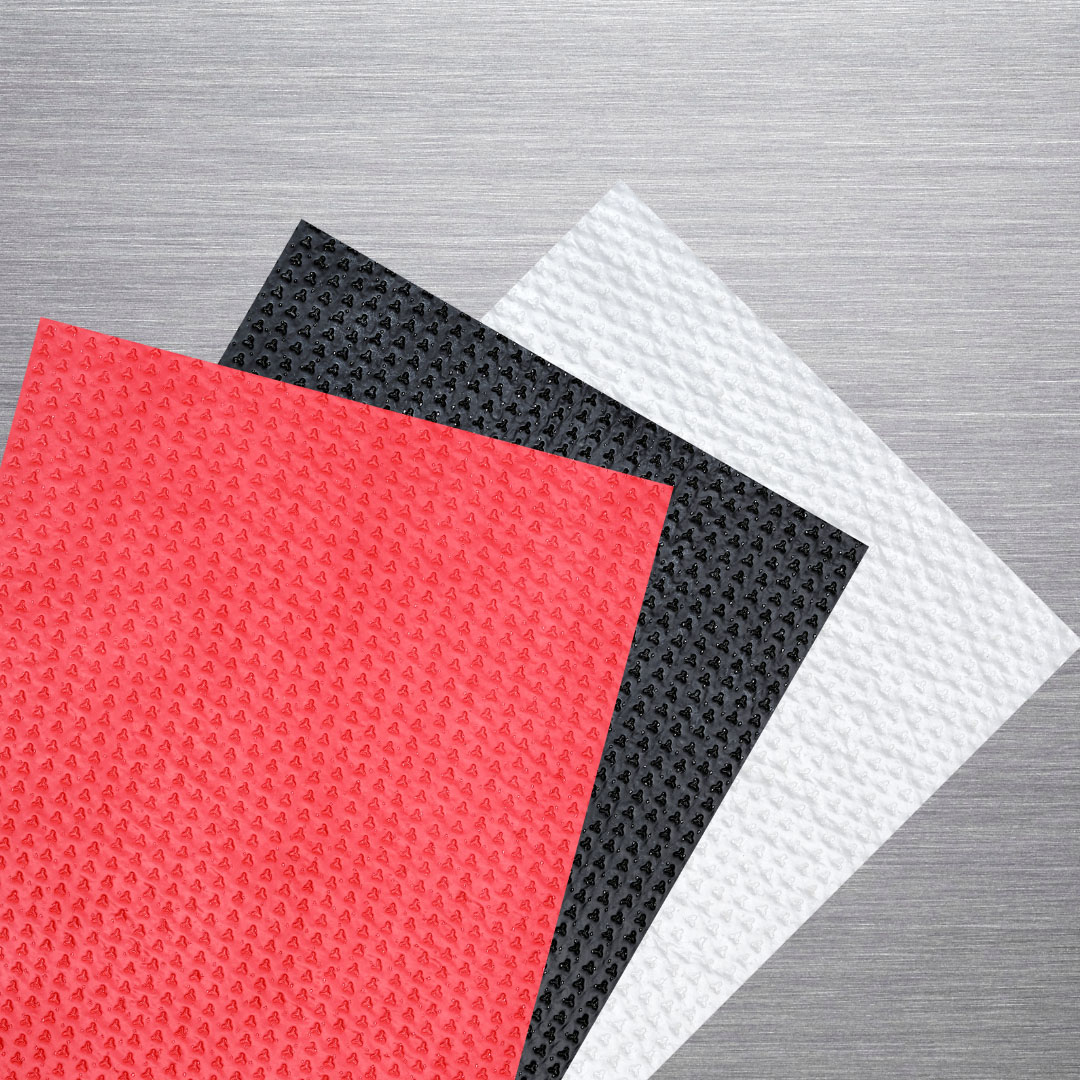
Food packaging evolution: the first and second Industrial Revolutions
The history of food packaging between the first and second Industrial Revolutions is a period of significant transformations, driven by technological improvements, social and economic changes, and the evolving needs for the preservation and distribution of food products.
Indeed, the concept of packaging as we understand it today began to take shape during this era.
The First Industrial Revolution: (about 1760-1840)
Prior to this era, food packaging was basic and functional, primarily aimed at preservation and transportation. The materials used were predominantly natural, such as wood, glass, ceramics, and textiles. A historical example of packaging from this period is the glass bottle for beverages, which, thanks to the introduction of the cork stopper, improved content preservation.
The most significant innovation was the introduction of metal cans, marking a qualitative step by allowing greater preservation and facilitating transportation over long distances.
The First Industrial Revolution: (about 1860-1914)
This period was characterized by an acceleration of technological innovations and an increase in mass production, deeply influencing food packaging.
The introduction of color printing and lithography techniques allowed for the decoration of packages, transforming packaging into a marketing tool. This change marked the beginning of using packaging not only to protect and preserve food but also to attract consumer attention and positioning a product in the market.place
A major innovation was the development of corrugated cardboard, which improved the efficiency of food product transportation and distribution, offering better protection against damage.
In addition, the advent of mechanical refrigeration at the end of the 19th century further revolutionized the food sector, extending the shelf life of fresh products and opening new possibilities for packaging and food distribution.
In short, the period between the first and the second Industrial Revolution witnessed a fundamental transformation in food packaging, moving from simple and functional solutions to more complex and marketing-oriented systems. These innovations laid the groundwork for further development in the 20th century, deeply affecting consumers’ practices.







